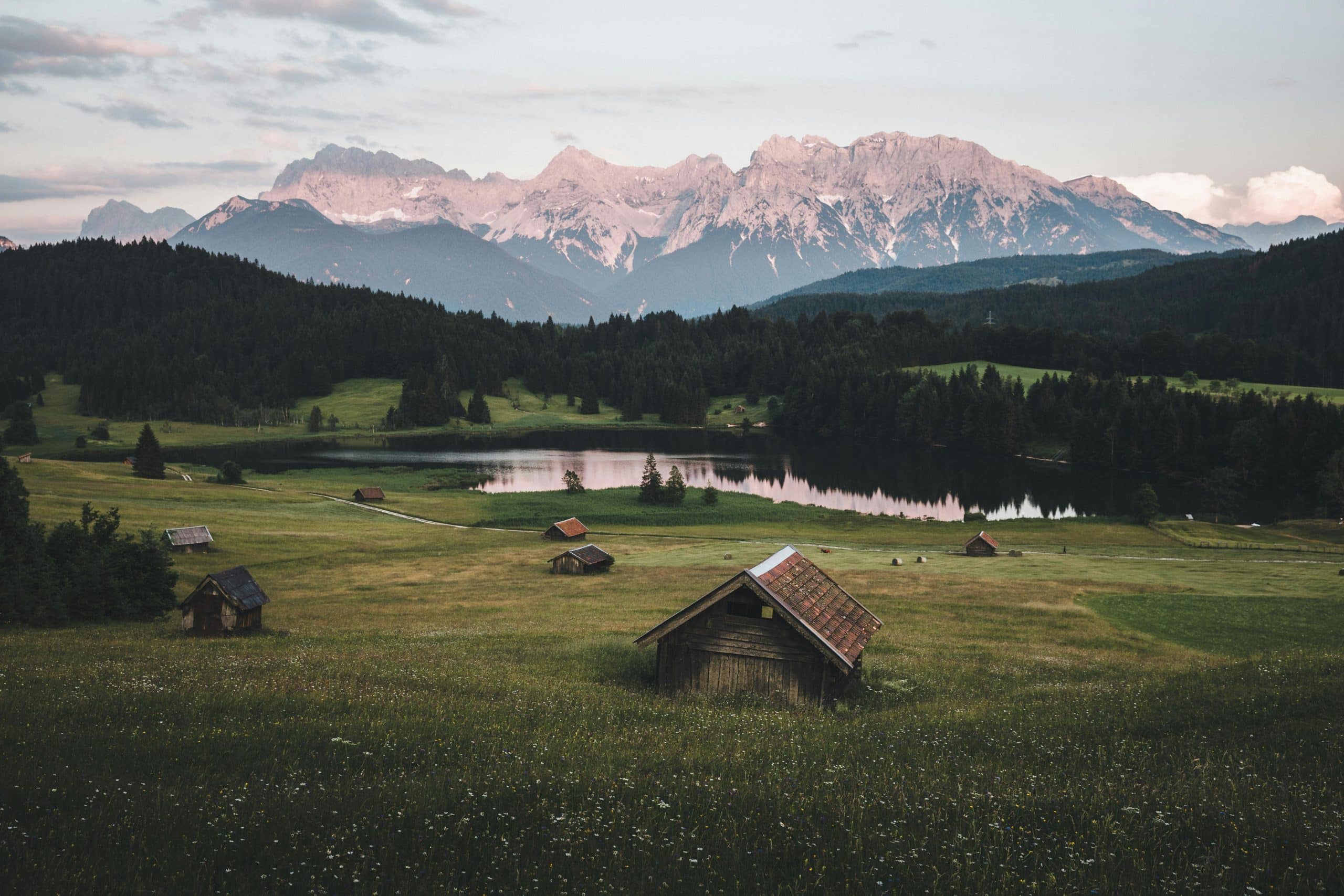How to explore the literary history of Robert Burns in Ayrshire?

When you think of Scotland, one of the first names that comes to mind for many is Robert Burns. Known affectionately as the national poet of Scotland, his life and works continue to captivate people around the world. From Alloway to Dumfries, Burns' poetry and history are woven into the fabric of Scottish culture. In this guide, we will take you through a journey to explore the literary heritage of Robert Burns in Ayrshire, offering a comprehensive tour of the landmarks that played significant roles in his life and work.
Discovering Burns' Birthplace in Alloway
Start your tour in the picturesque village of Alloway, where Robert Burns was born on January 25, 1759. The Burns Birthplace Museum is an essential first stop. This site offers a unique glimpse into Burns' early life and the environment that shaped his poetry.
A lire aussi : How can visitors contribute to conservation efforts in Dartmoor National Park?
The Burns Cottage, where he was born, has been preserved to reflect the conditions of the 18th century. Walking through the rooms, you can almost feel the presence of the young poet and imagine the inspirations behind his famous poems. The Auld Kirk of Alloway nearby is another must-visit location. This ancient churchyard is immortalized in Burns' poem "Tam o' Shanter," a tale of witches and supernatural encounters.
Don't miss the Brig o' Doon, the old stone bridge which also plays a central role in "Tam o' Shanter." Standing on this historic structure, you can reflect on how Burns' creative mind turned ordinary landmarks into extraordinary pieces of Scottish folklore.
Cela peut vous intéresser : Which historical sites in Dover are linked to World War II?
Exploring Burns' Life and Work in Dumfries
From Alloway, your journey should take you to Dumfries, where Robert Burns spent the last years of his life. This town holds a treasure trove of memories and sites related to the poet's later years.
Start your exploration at the Robert Burns House, where Burns lived from 1793 until his death in 1796. The house has been turned into a museum and remains almost unchanged since his time. You can see original manuscripts and personal belongings that provide a deeper understanding of his daily life.
Next, visit the Burns Mausoleum in St. Michael's Churchyard. This elegant memorial was built by the poet’s admirers and remains a pilgrimage site for Burns enthusiasts. Reflecting on Burns' contributions to Scottish literature here, surrounded by the spirit of history, is a moving experience.
While in Dumfries, take the opportunity to visit Ellisland Farm, where Burns wrote many of his most famous works, including "Auld Lang Syne." The farm offers an authentic glimpse into the rural life that inspired much of his poetry.
The Influence of Edinburgh on Burns' Career
Edinburgh played a crucial role in Robert Burns' rise to fame. In 1786, Burns traveled to the Scottish capital, a trip that would change his life. Edinburgh was the bustling heart of Scotland's literary scene, and it was here that Burns met some of the most influential figures of his time, including Sir Walter Scott.
Your tour of Burns' literary history would be incomplete without a visit to the sites in Edinburgh that played pivotal roles in his career. Begin at the Writers' Museum, which celebrates Scotland’s literary giants, including Burns. This museum houses a fascinating collection of his letters, manuscripts, and personal artifacts.
Another significant location is the Canongate Kirkyard, where you can pay respects at the graves of Burns' contemporaries and those who influenced his work. The kirkyard offers a moment of reflection on how Burns' time in Edinburgh helped shape his legacy.
While in Edinburgh, consider attending a Burns Supper, especially if your visit coincides with Burns Night on January 25. These traditional celebrations include recitations of Burns' poems, a feast of haggis, and plenty of Scotch whisky, providing a lively and immersive experience of Scottish culture.
Appreciating the Cultural Impact in Glasgow and Beyond
Glasgow also holds significant sites related to Robert Burns. The Mitchell Library in Glasgow contains a vast collection of Burns' works and memorabilia, offering another layer of insight into the poet's enduring influence.
While Glasgow may not be as intimately connected to Burns' personal history as Ayrshire or Dumfries, the city’s vibrant cultural scene ensures that Burns' legacy is very much alive. The annual Glasgow Burns Festival is a testament to this, with performances, readings, and events that celebrate the poet’s contributions to Scottish literature.
Additionally, Robert Burns has left an indelible mark on the broader Scottish landscape. The Robert Burns Birthplace Museum in Alloway includes the Burns Monument and Gardens, where you can take a leisurely stroll and reflect on the poet's life and work.
In nearby Ayrshire, you can follow the Burns Heritage Trail, a comprehensive route that covers multiple landmarks associated with the poet. This trail not only allows you to visit the physical sites related to Burns but also gives you a deeper understanding of how these places influenced his poetry and work.
Exploring the literary history of Robert Burns in Ayrshire is not just a journey through the poet’s life and works but also a deep dive into the rich cultural tapestry of Scotland. From the humble beginnings in Alloway to the bustling streets of Edinburgh and the serene landscapes of Dumfries, every location offers a unique perspective on Burns' enduring legacy.
As you walk in the footsteps of Robert Burns, you uncover the layers of history that have shaped not only Scottish literature but also the nation's identity. The landmarks and the stories they hold serve as a testament to Burns' genius and his impact on generations of readers and poets.
In essence, a visit to these sites is more than a tour; it is a pilgrimage for anyone who loves poetry and the enduring power of words. By the end of your journey, you will have gained a deeper appreciation for the man behind the poems, and the lasting legacy of Robert Burns will resonate more profoundly in your heart.
